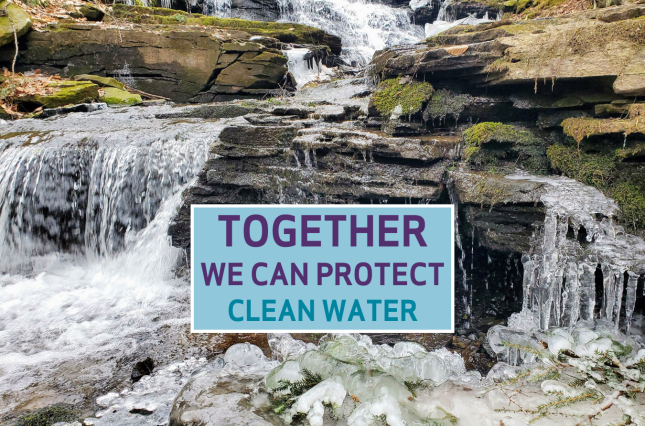
This week the Environmental Protection Agency (EPA) updated its “Waters of the United States” rule in response to the May 2023 Sackett v. EPA Supreme Court decision, which significantly weakened the reach of the Clean Water Act, our nation’s 50 year old water pollution control law. EPA’s revised rule underscores how the Supreme Court has restricted the Agency’s ability to effectively use the Clean Water Act to safeguard wetlands and other critical waters from pollution or destruction. Instead, the Court has invited fossil fuel and mining companies, real estate developers, and industrial agriculture to pollute, bulldoze, fill in, or drain these invaluable water resources.
While it’s too soon to predict the full impact of this disastrous decision, we do know at least half of our nation’s remaining wetlands are no longer protected by the Clean Water Act. Streams that don’t flow year round—which are the majority of streams in many parts of the arid west—are also at risk of losing protections. Yet the condition of wetlands and non-perennial streams directly impacts the water quality of rivers and other permanently flowing waters. For instance, certain types of wetlands can trap and settle out heavy metals, nutrients, and other toxic pollutants before they enter rivers, lakes, and streams. And many of our drinking water sources are fed by headwater streams that don’t flow year round, so more pollution and destruction of these streams puts our drinking water sources at risk. In other words, iconic rivers like the Colorado, the Mississippi, and the Delaware are only as healthy as the streams that flow into them and as the wetlands that surround them.
The tough reality we now face is that the Clean Water Act is no longer able to work as Congress originally intended. Congress passed the Act in 1972 with an objective to “restore and maintain the chemical, physical, and biological integrity of the Nation’s waters.” It’s simply not possible to achieve that objective without strong protection for wetlands and streams.
Though the Supreme Court has dismantled decades of clean water protections, we aren’t going to let them have the last word. Congress can—and must—amend the Clean Water Act to restore the protections the Court eliminated. Federal legislation can take years to pass, so in the meantime we also need to ensure that state governments are robustly funded so they have the resources necessary to step up and protect wetlands and streams in their own states.



